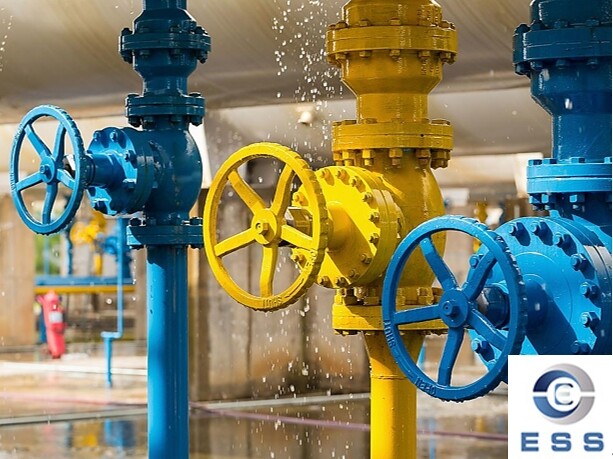
For corrosive media, valves made of
corrosion-resistant materials such as stainless steel, plastic or ceramic
should be selected, and the chemical properties, temperature, pressure and
other factors of the medium should be considered.
In industrial production, the corrosiveness
of the medium is an issue that cannot be ignored. For valves, working in
corrosive media for a long time will seriously challenge their materials and
structures. Therefore, in a corrosive medium environment, the correct selection
of valves and related valve manufacturers is of great significance to ensure production safety and improve the service
life of equipment.
Types and characteristics of
corrosion-resistant valves
1. Stainless steel valves
Stainless steel valves are widely used in
corrosive media environments due to their excellent corrosion resistance.
Stainless steel materials have good resistance to chemical corrosion and can
work stably in a variety of acids, alkalis, salts and other media.
2. Plastic valves
Plastic valves have the characteristics of
light weight, corrosion resistance, and easy processing, and are particularly
suitable for corrosive media at low pressure and low temperature. However,
plastic valves have limitations in high temperature and high pressure
resistance.
3. Ceramic valves
Ceramic valves are known for their high
hardness, high wear resistance and high corrosion resistance. In a highly
corrosive medium environment, ceramic valves show good stability and
reliability.
Relationship between medium
corrosiveness and valve material
Medium corrosiveness is a key factor
affecting valve selection. Different media have different degrees of corrosion
on valve materials, so it is necessary to consider comprehensively according to
the chemical properties, temperature, pressure and other factors of the medium.
For example, strong corrosive media such as strong acids and strong alkalis
require the use of valve materials with better corrosion resistance, such as
stainless steel and ceramics; while some weakly corrosive media can use lightweight
materials such as plastic valves.
Recommendations for selecting valves
under corrosive media
1. Fully understand the characteristics of
the medium
Before selecting a valve, it is necessary
to have a detailed understanding of the chemical properties, temperature,
pressure and other parameters of the medium in order to select the appropriate
valve material and structure.
2. Consider valve performance requirements
In addition to corrosion resistance, it is
also necessary to consider the sealing performance, operating performance,
service life and other requirements of the valve to ensure that the valve can
meet production needs.
3. Follow relevant standards and
specifications
When selecting a valve, the relevant
national standards and specifications should be followed to ensure that the
quality and safety performance of the valve meet the requirements.
Summary
In summary, for corrosive media
environments, the correct selection of valves is crucial to ensuring production
safety and improving equipment life. When selecting valves, the corrosiveness
of the medium, the performance requirements of the valves, and relevant
standards and specifications should be fully considered to ensure that the
selected valves can meet production needs and have good corrosion resistance.













 Eastern Steel Manufacturing Co.,Ltd not only improve product production and sales services, but also provide additional value-added services. As long as you need, we can complete your specific needs together.
Eastern Steel Manufacturing Co.,Ltd not only improve product production and sales services, but also provide additional value-added services. As long as you need, we can complete your specific needs together.










